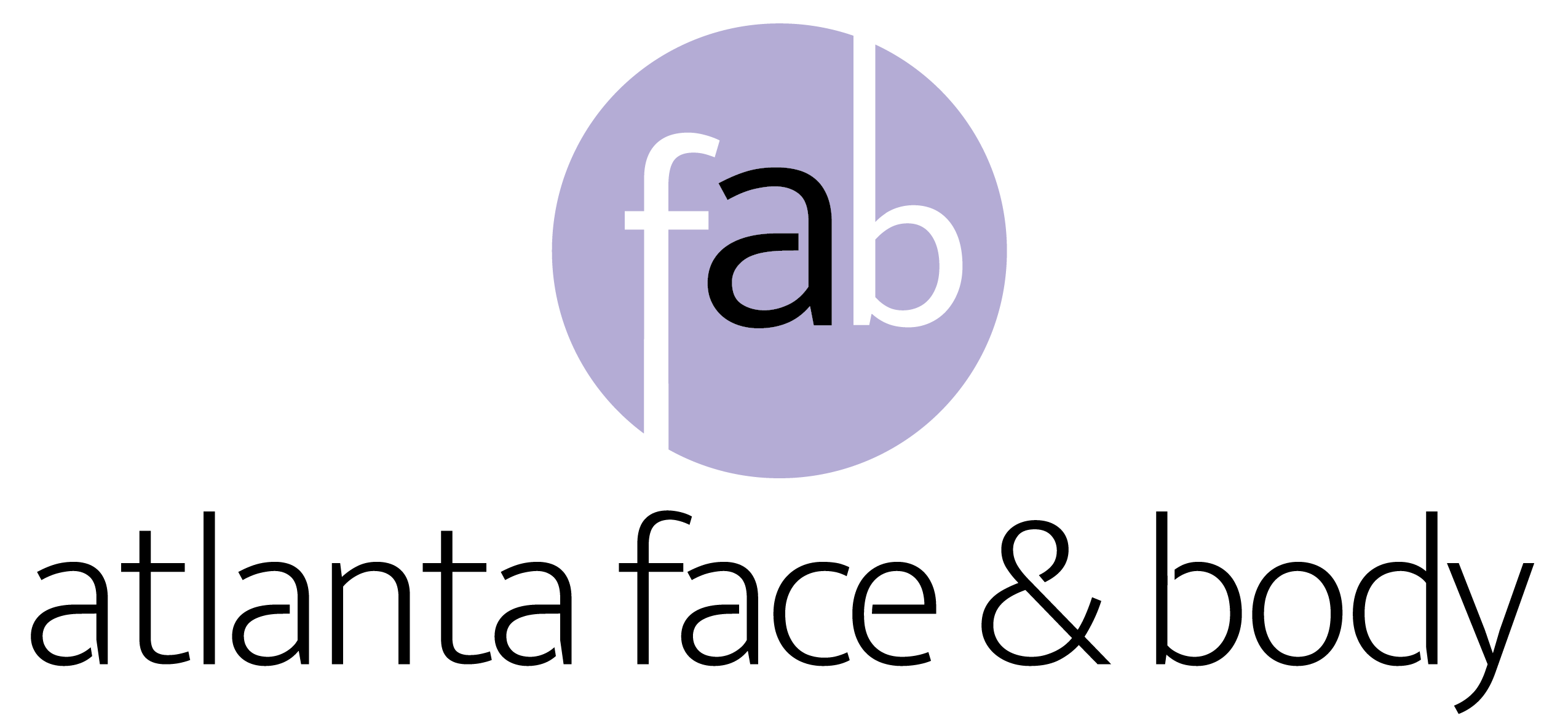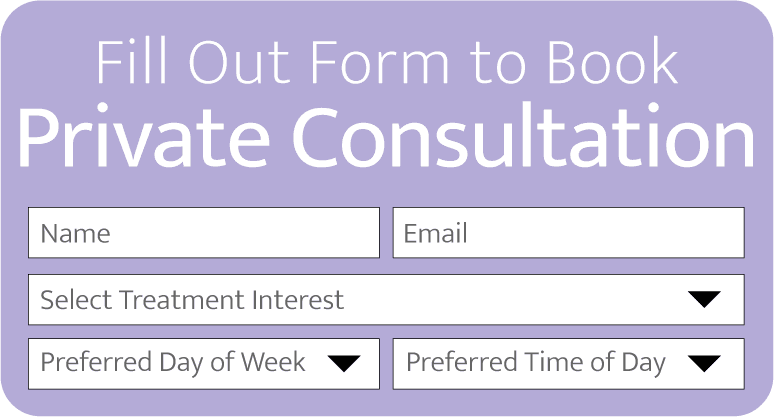Did you know that wrinkles start forming as early as the age of 25? After that, your skin will slowly start to become thinner, saggier, and wrinklier. For many people, the idea of getting older can be troublesome.
Fortunately, there are solutions to this and one of the best solutions is facelift surgery. Getting a facelift can turn back the years and make you look younger in no time simply by lifting the skin. However, this is quite an invasive surgery and there is some downtime and healing involved.
So, if you’re thinking about getting a facelift, you might be wondering what you should expect directly after the surgery. Keep reading and learn more about the healing process and how you should handle your recovery for the best results.
The First Week After Your Facelift
The first week after your cosmetic surgery will be the biggest challenge out of the entire recovery process. This is because your skin will still be quite irritated from the aftereffects of the surgery. The side effects will vary in severity depending on what kind of facelift you get.
For example, if you only got a mini facelift, you might not have to deal with much swelling or other side effects at all. Instead, you might only have to deal with a bit of redness or soreness to a certain degree. On the other hand, if you get a full facelift, you will likely have much more swelling along with other side effects.
Directly after your surgery, you will still be under the effects of general anesthesia. This means that you will still be somewhat woozy and you won’t feel much pain after the procedure. However, once the anesthesia wears off a few hours after the operation, you will start to become more aware of the side effects of the surgery.
Because the anesthesia will leave you out of sorts for quite a while, it is important to have some close friends or family members on hand after your surgery. That way, someone can drive you back home and care for you until you get your bearings back. On the first and second days of your recovery, after the anesthesia wears off, the pain will certainly be an issue, especially around the areas of your skin that have been sutured.
The Risk of Infection
The risk of infection is also an issue. Your doctor will have already bandaged your incisions, but at a certain point, you will need to change those bandages. This is important because if you wear dirty bandages for too long, harmful bacteria could infiltrate your incisions.
This, of course, could cause an infection that could ruin the results of your facelift. This is another reason why you should have some friends or family members on hand. During the first few days after the operation, you will be quite weak, so it is a good idea to have people by your side to help you change your bandages.
Fortunately, you shouldn’t have to deal with changing your dressings until later on. On the second or third day of recovery, you will need to go in for a follow-up appointment with your surgeon. Your surgeon will then analyze how your incisions are healing and check for any signs of infection.
Your doctor will also bandage the incisions with new bandages. Your doctor will also likely refresh you on how to care for your incisions as you heal. During the latter half of the first week, the swelling is likely going to be at its worst.
The swelling may be very uncomfortable, which is why it is important to have some pain medication on hand. It is also important to use a cold compress on the swollen areas. The cold will not only help reduce the swelling but it will also help numb the pain.
Take Time to Rest
During your follow-up appointment, your doctor will check to see if your swelling is normal. If you have an abnormal amount of swelling or if it is unusually painful, you may have an infection and your doctor will need to treat that right away. For the majority of the first week of recovery, you should try to dedicate as much time to rest as possible.
If you have a job to worry about, make sure that you have a week or two off before the surgery so you won’t have to worry about work. Resting is important because it will give your body a chance to repair itself. In addition to the swelling, you will likely see some bruising around the treated areas.
By the end of the first week, you should be regaining some of your strength. However, if you still feel weak, don’t worry, as this is normal. It just means that your body requires a bit more rest.
Even if you are feeling more energetic, it is important that you don’t overexert yourself. If you do, you will exhaust yourself and your body will have a harder time healing. You will likely still be in quite a lot of pain at this point.
Again, you can reduce this pain with pain medication, a cold compress, or both. You should avoid using heating pads on the treated area. This is because heating pads cause your blood vessels to dilate and this excess blood flow may irritate the area and make the swelling much worse.
The End of the First Week
By days six and seven, the swelling should have gone down quite substantially, but not entirely. You may or may not need pain medication anymore at this point. You should also start to be regaining more of your energy.
Again, you shouldn’t bite off more than you can chew when it comes to physical activity. However, you can still walk around and do some small chores around the house. You should wait until the following weeks before you take on any large tasks or responsibilities.
The Second Week of Recovery
By the second week of recovery, you should start to see a big improvement in many of the side effects of your facelift surgery. However, you should remember to be patient since these side effects will take quite some time before going away completely. During the second week, you may start to experience some new side effects as well.
In particular, you may start to notice the skin on your face feeling a bit tighter than usual. This is a normal side effect since it has to do with the swelling of the affected area. In the same vein, you may start to experience some tingling or numbness.
Again, both of these side effects are normal and should go away on their own after a week or even after a few days. However, if these symptoms persist for several weeks, you should talk to your cosmetic surgeon as these might be symptoms of a more serious condition or complication. By the end of the second week, you should start to feel much better overall and you should no longer be suffering from any fatigue or general malaise.
The second week of recovery is the perfect time to start getting more active. Of course, this doesn’t mean that you should engage in intense exercise or that you should go right back to work. You will still be in the midst of healing and you should still give your body a break.
However, you will be able to start doing some more physical activity than before. In particular, you shouldn’t have any trouble performing some simple everyday tasks such as washing the dishes or sweeping the floors. You can even start to walk around the house or take small walks down the street.
What You Need to Know
It is important to keep your body moving for several reasons. In particular, keeping active will contribute to healthy blood flow. Healthy blood flow will insure that your incisions get a good flow of blood and, of course, blood is full of oxygen and nutrients that can help your incisions heal faster.
Don’t forget to keep your incisions and bandages clean during this time. Your cosmetic surgeon will have already told you what you should and shouldn’t do when recovering from your operation. You should be especially careful when washing your hair.
Water that is too hot or forceful may irritate and even damage your incisions and stitches. This is also true with shampoos or soaps that are too harsh or irritating. For that reason, you should be very gentle when washing your hair.
Usually, facelifts use incisions that are carefully hidden in your hair and can be easily disturbed during the first and second weeks of recovery. Also, be sure that you don’t scrub the incisions when washing your head. Instead, try to use gentle motions and only use warm water and gentle cleaning products.
That way, cleaning your hair won’t disturb the healing process.
The Final Weeks of Recovery
The third and fourth weeks will make up the final stretch of your facelift surgery recovery. While you will continue to recover for several months after the operation, you will be able to lead a normal life by then and the remaining side effects will be very minimal. During the third week of recovery, you will note some important differences.
By this point, you will have your sutures removed. In fact, you might even have your sutures removed far before the third week of recovery, depending on how invasive the procedure was and how well you healed. You will still suffer from some swelling in the treated area, but the swelling will be far less pronounced.
You will also begin to see how your face will actually look once the results of the facelift start to settle into place. The appearance of your face will also not attract any unwanted attention anymore due to the side effects of the operation. You may still have some remaining bruises or redness, but you should be able to cover all that up with a bit of makeup if need be.
By the third and fourth weeks, you should be able to go back to work without any issues. You should have all of your energy back and feel great. The incisions and swelling should no longer be painful either, although you may feel discomfort when pressing on the incisions.
The Details
You can also start exercising again in the third week. However, intensive exercise is usually not recommended until the fourth week. You might be wondering why you shouldn’t exercise any earlier.
The main reason is that exercise leads to sweat production. Sweat is not great for your incisions because it is full of bacteria. When sweat falls into your incisions with this bacteria, you will be at a much higher risk of infection.
For that reason, you should wait until your incisions are mostly or completely closed before engaging in intensive exercise. You should also stay away from saunas and other hot environments. After the fourth week of recovery, most of the swelling should be gone and you should be able to admire the results of your facelift surgery.
All About Facelift Surgery Recovery
Getting a facelift can give you a big boost in confidence, but you will need to face the facelift surgery recovery process. The first and second weeks of recovery are characterized by swelling, pain, and fatigue. You will need to take good care of your incisions to make sure they heal properly.
By the final weeks of recovery, most of the swelling should be gone and you should be looking better than ever. To learn more, contact us here.











